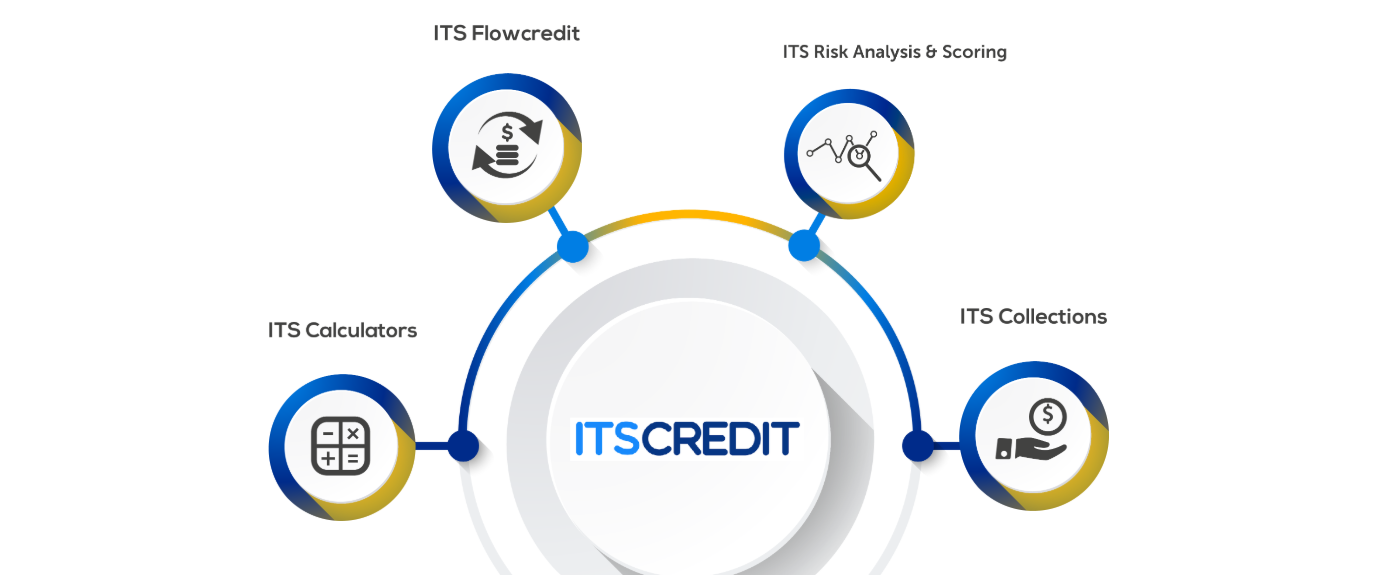How has COVID-19 impacted fintech funding in the first half of 2020?
Writing about fintech funding in the first quarter of 2020, CB Insights painted a bleak picture of how the global health crisis and its economic effects have put a pall on VC investment in fintech around the world.
“Worst first quarter for funding since 2017…” “Worst first quarter for deal volume since 2016 …” Across the globe, venture capital investors were on the retreat with only Europe showing significant quarter over quarter growth – thanks largely to the $500 million investment secured by Revolut.
And as the appetite for risk waned, so did interest in smaller fintech startups. CB Insights noted that early stage startups were among the hardest hit in the first quarter, with this subset of companies falling to a nine-quarter low in funding and a 13-quarter low in deal volume.
The struggles of the first quarter of 2020 – when the lockdowns, shelter-in-place, and quarantines were implemented – had reduced much of economic activity to a trickle. With Q2 all but wrapped up – and countries around the world beginning, some more tentatively than others, to reopen their economies – are venture capital investors proving more ready to return to the table?
What were expectations for 2020?
Although VC investment in fintech was down modestly from 2018, last year featured more than enough fundraising to give fintech observers confidence that 2020 could still be a strong year. Again, using CB Insights’ figures, fintech investment pulled back to $33.9 billion in 2019 from $40.8 billion in 2018, with deal volume easing to 1,912 deals in 2019 from 2,049 deals in 2018. Early stage investment declined from a peak in Q1 2018, en route to the 13-quarter low noted above. But investment in more mature startups, Series B and beyond, was strong, with deal volumes reaching their highest levels in five years.
Articles like “Fintech Startups Got All the VC Love in 2019” were also indicative of the general optimism fintech observers felt headed into 2020. Major merger and acquisition deals like Add to this the enthusiasm engendered by major merger and acquisition deals like Fiserv and First Data, and Worldpay and FIS added to the enthusiasm. When combined with the rise of digital banking and regtech, and the addition of 12 new fintech unicorns in the U.S., the conclusions reached by KPMG late last year in its Pulse of Fintech report for the second half of 2019 seemed perfectly sound.
“Fintech investment is well-positioned to grow in 2020,” the report noted, “particularly with the growing proliferation of fintech hubs globally, not to mention the ever-widening scope of fintech offerings.”
How have these expectations played out? Who has benefitted most?
While fintech VC funding in the first half of the year has struggled, there are signs that this slowdown may be a function of trends that began before the pandemic hit. The second quarter – when quarantines were the case in much if not most countries – did not lack for big fintech deals; Stripe’s $600 million extension of its Series G round in April rivals the $500 million raised by Revolut in February. Micro investment platform Stash scored $112 million in funding in April, as well. Payments company Marqeta announced a $150 million investment – and $4.3 billion valuation – in May.
Similarly, did COVID-19 cause or merely accelerate a growing VC preference for larger, more established companies over the early stage startups? KPMG was among those who predicted that 2020 would see “frothy speculative deals … increasingly replaced by high-conviction deals focused on companies with proven business models and paths to profitability or access to capabilities in adjacent areas of interest.” This view was shared in February, before the challenge of the global public health crisis had become incorporated fully by many analysts (and not just fintech). Since then, we have seen this play out in the form of new lows in deal volume and deal value for seed and Series A fintechs mentioned above.
When risk appetites are modest, it is understandable that the riskier, early stage startups will be those most likely to suffer. This so far has proven to be the case this year, as investment preferences continue a trend toward relatively more established companies. The fact that this shift had been anticipated by analysts, pre-COVID, suggests this trend is likely to endure in the near term.
Has there been significant geographic variation? Why?
As mentioned above, the only area to see significant VC investment gains in their fintech sector was Europe. In all other regions – Asia, North and South America, Australia, and Africa – both deals value and deal volume were down in the first quarter of 2020.
The profile of VC fintech investment in Europe so far this year was boosted by the $500 million raised by Revolut in Q1. Fintech is in many ways a favorite sector of the European venture capitalists; fintech has lead all others as a destination for VC investment for the past 6+ years. But there was no big Revolut/Stripe level investment in Europe in Q2, although there were a number of smaller deals in firms like U.K. ID verification company Onfido ($100 million) and Germany-based stock trading app TradeRepublic ($62 million) in April. U.K. challenger bank Monzo is also reportedly working to raise capital, as well.
One interesting development on the international fintech funding front is the continued rise of India relative to China. As reported in our weekly Finovate Global column last week, fintech investment in India bested fintech investment in China by a significant margin of more than $50 million. Indian fintechs racked in more than $330 million in funding while their Chinese counterparts raised “approximately $270 million” in capital. Deal volume in India also surpassed deal volume in China in Q1 by 37 to 26. GlobalData, the firm that conducted the analysis, credited the overall cooling of VC investment enthusiasm as disproportionately benefitting India relative to China.
Interestingly, early stage startups were the preference of Indian investors, compared to a focus on more established fintech firms in China, where the fintech industry is arguably both more advanced and more COVID-sensitive, at least in terms of headline risk.
What are the best projections for H2 2020 and beyond?
The analysts at CB Insights have suggested that we could see a “fintech M&A” spree in the second half of the year. This would mean a resumption of a trend toward consolidation in many areas of fintech that was pronounced in 2019 and at the beginning of this year. They highlight the deals involving Plaid and Credit Karma, SoFi’s acquisition of Galileo and LendingClub’s acquisition of Radius Bank. This is another trend that could be accelerated as part of the industry’s response to the coronavirus, as hardships for some companies become opportunities for others.
Most fintech analysts remain relatively positive about the industry and its capacity to continue to attract VC money during and after the pandemic. In its report on the fintech and the coronavirus – The Future of Disruptive and Enabling Financial Technology Post CV-19 – Finch Capital sees opportunities for lenders, and for both “agents of digitalization” and digitalization’s newest beneficiaries in mortgage and insurance. Enabling technologies like AI and critical services like cybersecurity and KYC are also likely to continue to fuel innovation and investment in fintech. Interestingly, those industries the report sees as “under pressure” – challenger banks, wealth management, and payments – are among those at the foundation of traditional fintech. This may suggest more disruption – and perhaps more consolidation – ahead for incumbents in these areas once we emerge on the other side of the current crisis.


















